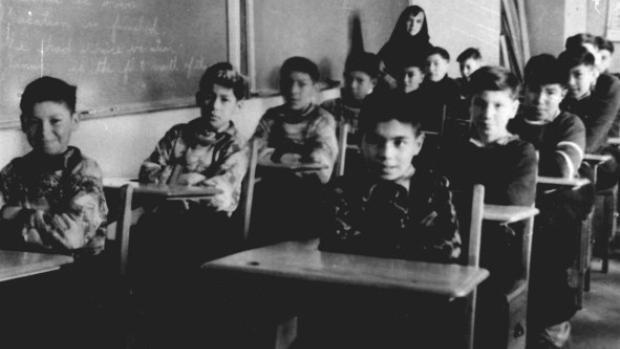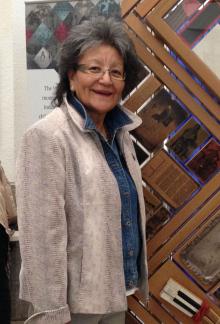|
Over 5,000 perpetrators located, accused of abuse at Indian residential schools
By Martha Troian
The Department of Indigenous and Northern Affairs Canada (INAC) has located thousands of people accused of physically and sexually abusing students at Indian residential schools — though the public may never learn any of their identities. As part of the mandate set out in the Indian Residential Schools Settlement agreement, INAC located 5,315 alleged abusers, both former employees and students at these schools. To do this, 17 private investigation firms were contracted, at a cost of $1,576,380, beginning in 2005, according to information provided by the department. The alleged perpetrators were tracked down not to face criminal charges, however, but only to see if they would be willing to participate in hearings to determine compensation for residential school survivors. The Independent Assessment Process (IAP) is the out-of-court process for resolving the most severe abuse claims coming out of the residential schools system "There's not a lot in it for them to come forward," says Bill Percy, a Manitoba-based lawyer who has represented numerous residential school survivors. That's because participation in the Independent Assessment Process (IAP) hearings is optional. Based on the total number of alleged perpetrators found, 4,450 have declined to participate in the IAP, with only 840 persons of interest indicating a willingness to participate. 'There was one that groomed me'One of the people who went through the IAP process is Janet Longclaws, who attended the Brandon Indian Residential School in Brandon, Man., from the age of seven until she was 12 years old. "There was a group of four girls that were bullies, and there was one that groomed me," said Longclaws. "She became my protector, but at the same time it turned into her being the abuser next." Now age 60, Longclaws suffers from nightmares and anxiety, especially in late August — a time that would have marked the beginning of a new school year. Still, despite the nightmares and flashbacks of the physical and sexual abuse she endured, Longclaws cannot remember the names of her tormentors. "I just see silhouettes of girls," she said. "I've tried many times, many ways, to recall their names." Even though she can't remember names, Longclaws eventually received a settlement for the abuse she suffered — though she waited 15 months for a decision. Working as a health support worker for other residential school survivors, Longclaws said she's heard of others who have waited more than two years to hear whether they'll be compensated. She said she wishes she had the opportunity to face her alleged abusers in a hearing. According to the Indian Residential School Secretariat, so far 33,712 residential school survivors have been compensated for the sexual and physical abuse they suffered as children, with 4,278 applications in progress. No information released to law enforcementOnly 708 alleged perpetrators have taken part in hearings held since last November, with another 22 hearings scheduled. "I think some of them … could be fearful there might be further repercussions, even criminal charges," said Percy. Percy also said many of these alleged perpetrators may have died, aged, or are living with some kind of medical condition, making it difficult for them to participate in an IAP hearing. The identity and names of alleged perpetrators who want to participate in the IAP are kept on a secure server with other data related to IAP claims. They are not disclosed to anyone, other than the adjudicator in each specific claim, and to the Department of Indigenous Affairs. Information would only be released if the adjudication secretariat is served with a search warrant, or if it's believed a child could be at risk. An alleged perpetrator is entitled to be notified of the claimant's name and the allegations the claimant made against them in the IAP application, but that person will not be given the claimant's location, contact information, or any of the claimant's personal information or records. Few criminal chargesPercy says there is more former students can do, if they choose. "There's nothing to stop the individual survivor to go to the police, even though they told their story through this process," he said. Few, it seems, ever have. Through the entire history of residential schools — which lasted over a century, and during which tens of thousands suffered abuse — fewer than 50 people have ever been convicted for crimes related to the schools. In the case of St. Anne's Residential School, once located in Fort Albany, Ont., six school officials were criminally convicted following a five-year OPP investigation into the school during the 1990s.
|
.
Any original material on these pages is copyright © BishopAccountability.org 2004. Reproduce freely with attribution.

